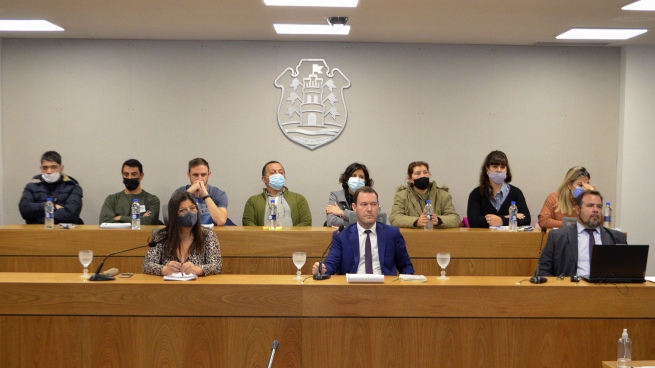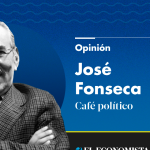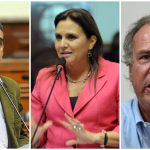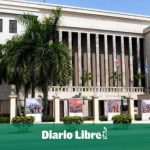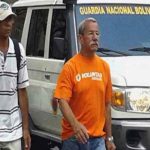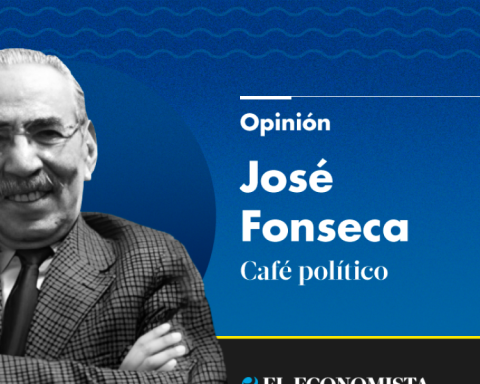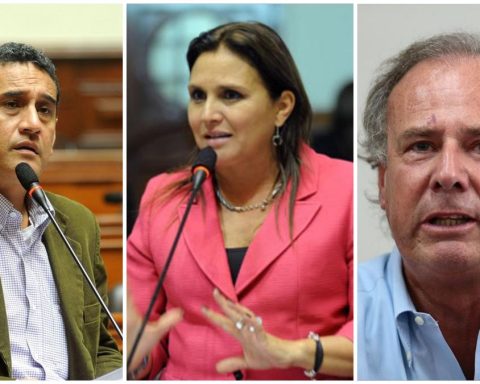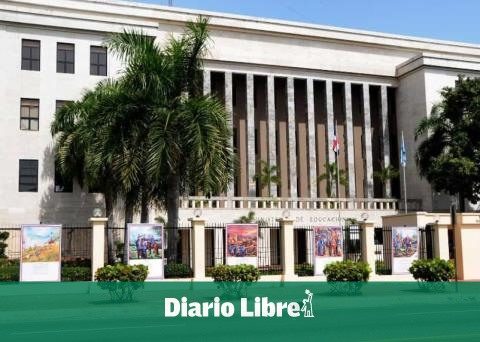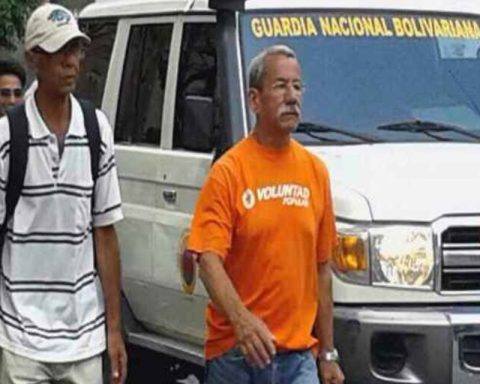The trial with popular juries that follows Marcelo Macarrón for the crime of his wife Nora Dalmasso, committed in 2006 in the city of Río Cuarto in Córdoba, will resume this Tuesday with the closure of the incorporation of evidence and the start of the stage of allegations, occasion in which the prosecution will have to define if it maintains the accusation that weighs on the widower.
On June 22, the 38th hearing of the debate was held, which was then passed to the intermediate room until July 5 at 9, when the parties must inform if they are going to produce more evidence or close that instance, as the chambermaid Natacha had explained. García, who is part of the technical court.
The 39th hearing will take place in the courts of Río Cuarto and, according to what a source linked to the process told Télam, “if there are no procedural steps that are not planned, that same day the parties will present their arguments” that , as stipulated in the Procedural Code, will open with the exposition of the prosecutor Julio Rivero.
The trial with popular juries resumed this Tuesday with the closure of the incorporation of evidence and the beginning of the arguments stage, when the prosecution will have to define whether to maintain the accusation that weighs on the widower.
On June 22, the 38th hearing of the debate was held, which was then moved to the intermediate room until July 5 at 9:00 p.m. when the parties must inform if they are going to produce more evidence or close that instance, as explained by chambermaid Natacha García, who is part of the technical court.
Macarrón (62) was sent to trial as a defendant for the crime of “murder qualified by the link, by treachery and by price or remuneration promise in ideal contest” by the prosecutor Luis Pizarro, the last one who instructed the case.
The trial began on March 14. and, a day later, the orthopedic doctor rejected the accusation and maintained that prosecutor Pizarro was a “total liar.”
“I totally deny the allegation. It’s crazy that I’m a killer and that I hired killers to kill Nora. I am innocent, I always told the truth,” said the widower before the technical court and the popular jury.
He also said that 16 years ago he suffered from an ordeal, a “depressive crisis” and that he even thought of committing suicide, due to the treatment that the cause received from both the researchers and the media.
In fact, Macarrón suffered a heart problem that prevented him from fully witnessing the last 11 hearings of the debate and the court authorized him to be represented by his team of lawyers: Marcelo Brito, Cristian Ayán and Mariángeles Mussolini.
At the same time, On June 7, the last eyewitnesses joined, after the parties agreed to waive almost 75% of the people summoned to testify, while other testimonies were incorporated by reading with the argument that they were not directly linked to the accusation facing the widower.
For its part, the strategy of the defense for the allegations is what it has been maintaining from the beginning: that there is no element that incriminates Macarrón; Therefore, attorney Brito is expected to request acquittal.
For the defender, the investigation process was “riddled with irregularities”, for which it is possible that it requires its annulment, as he already anticipated at the beginning of the trial.
With respect to prosecutor Rivero, it is unknown if he is going to support the accusation since his contact with the press was scarce during the trial and he only limited himself to indicating that “of the evidence” he was going to “speak in the arguments.”
According to some lawyers who follow the trial, prosecutor Rivero does not have convincing evidence to support the accusation since when his colleague Pizarro modified Macarrón’s accusation and sent him to trial without investigating or incorporating new elements.
It is that in the case there was evidence collected within the framework of other hypotheses investigated -and then discarded-, such as those that involved the painter Gastón Zárate, his son Facundo Macarrón and the widower himself when they accused him at one point of committing the murder, no of instigating it, as it is currently judged.
However, prosecutor Pizarro based the accusation on a series of indications that led him to maintain that on the morning of November 25, 2006, the widower “planned to kill his wife due to marital disagreements and with the intention of his/her adlater/es to obtain an advantage, probably political and/or economic”.
The prosecutor’s suspicion is that the orthopedist “provided (the assassin) information on the movement of the house and presumably handed him a set of keys,” and that “he chose as the date” the last weekend of November of that year “in where a golf tournament would be held” in Punta del Esteto which he attended with his friends “with the aim of the success of his criminal plan and to clear any possibility of suspicion about his person”.
Based on the witnesses’ account, the representative of the Public Prosecutor’s Office established that, in order to carry out the crime, the contracted hitman “waited for the victim to carry out her routine prior to rest and approached her once she was asleep in the room of her daughter, located on the top floor of the house”.
The suspicion is that the aggressor surprised Nora (51), grabbed her by the neck “exerting strong pressure with his hands, thus nullifying any possibility of defense”, after which “he used the towel belt of the bathrobe that was in the room, making a tight double loop around the neck, causing death by mechanical suffocation”.
“In the end, probably and as part of the criminal plan, he ordered the scene in order to simulate an act of a sexual nature, after which he left the place, leaving no trace of his person,” the prosecutor considered.
According to the information in the file, the prosecutor has no doubt that the crime was committed by “a specialized aggressor, a hitman” who was never identified or arrested, who “sexualized the crime scene so that appears to have occurred in the context of a sexual encounter with the lover”.
